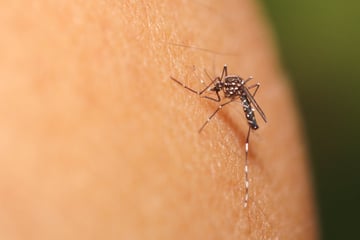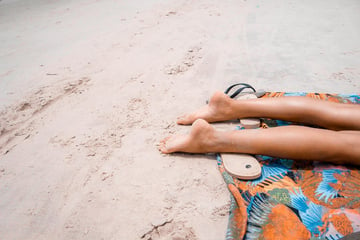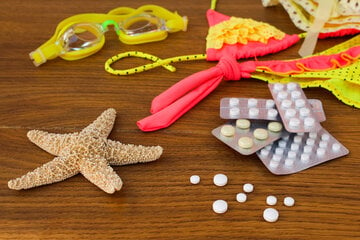How to get rid of head lice and nits: Best treatments and home remedies
Head lice can be an itchy nightmare for the old and young. Sooner or later, there's a chance you'll be dealing with this lousy problem, so it pays to be prepared. Here's what you need to know.
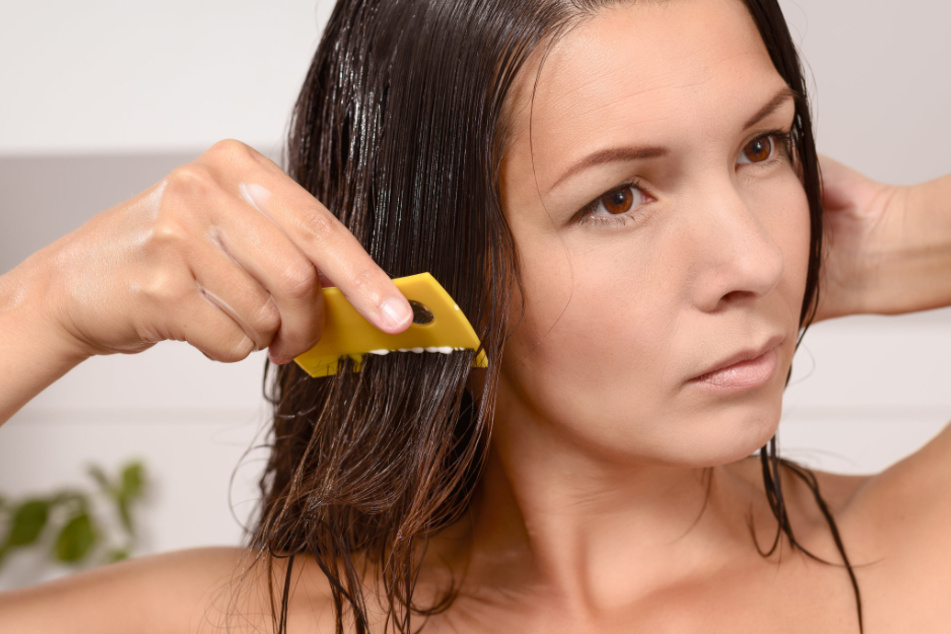
Getting head lice is something that happens to most people at some point in their childhood or life.
Lice or nits are easily transmitted from person to person and can go unnoticed for a long time before symptoms start to emerge. As a result, by the time your head gets a little bit itchy, the infestation is likely to be quite extensive.
Head lice like to make themselves comfortable on your scalp, biting you and feeding on your blood. No one is immune, so you need to be proactive at the first sign of trouble.
TAG24's guide is here to help you through this icky, scratchy conundrum. Here's how to get rid of those nasty head lice and nits.
Don't have much time? Here's a quick TL;DR:
- Head lice are generally transmitted through close contact.
- They are wingless parasites that cannot jump.
- It is important to control head lice with appropriate treatments and remedies.
- Hair lice must be regularly combed out with a specifically-designed nit comb if you want to remove them.
- These parasites feed on human blood, and will not survive on stuffed animals, bedding, furniture, or clothes.
- Nits and head lice do not transmit disease.
- It's not a lack of cleanliness or bad hygiene that cause head lice infestations.
Signs and symptoms of head lice
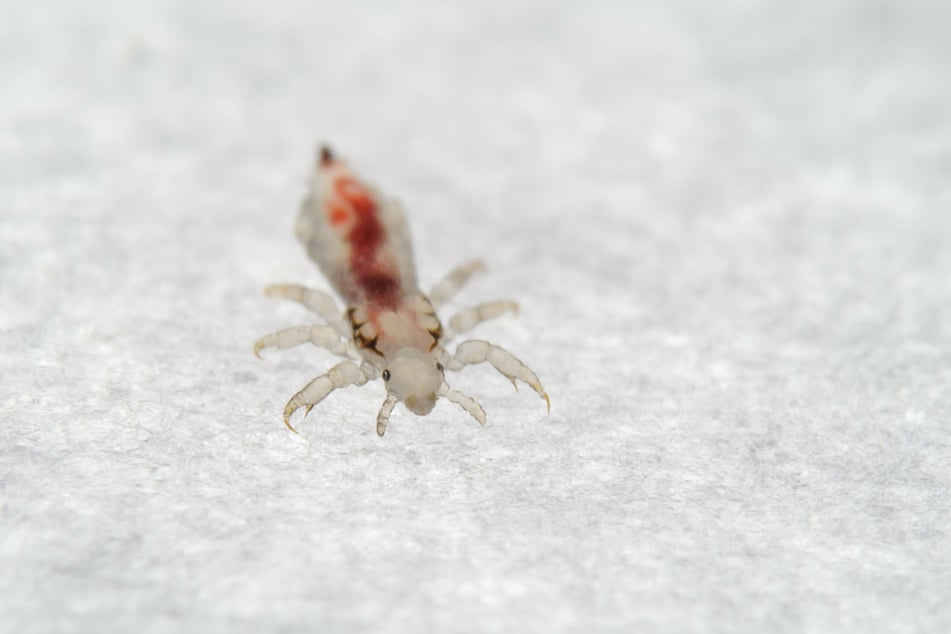
An adult head louse is about a tenth of an inch long and is a six-legged insect capable of clinging to human hair. While not harmful, their bites can cause unpleasant itching on the scalp.
Once discovered, it is very likely that an infestation has spread across the scalp, with many head lice as well as lice eggs, larvae and empty eggs forming a colony. These small, empty eggs are often referred to as "nits" and are the most visually noticeable aspect of a head lice infestation.
It can be hard to distinguish nits from dandruff when you look at the scalp. Head lice and their eggs, though, are firmly attached to the hair and will not come out as easily as is expected from flaky dandruff molecules.
Fun fact: Head lice parasites are relatively translucent, and when combined with their small size, it makes them incredibly difficult to see.
Are head lice, nits, and eggs contagious?
Head lice are incredibly contagious and will quickly spread amongst members of the same family, group, or classroom. Because they can go unnoticed for weeks, you should inform close contacts as quickly as possible once an infestation has been detected.
It only takes about eight to ten days for their larvae to mature into adults and start reproducing for themselves. These adults are the ones which will migrate from head to head by direct hair-to-hair contact.
Children in school are at particular risk of head lice transmission, as they spend so much time in close quarters with one another. As such, it is very common to see large outbreaks in schools. Remember to stay on top of things by checking your head and your children's heads regularly!
How to get rid of head lice fast and at home
The problem with head lice and nits are that they cannot be killed or removed through the use of standard shampoo and hair cleaning. Instead, you will need specific products to get rid of them effectively, and you have to follow a strict regime.
If you want to get rid of head lice fast, follow these steps:
Step 1: Ask your pharmacist and about an effective head lice treatment shampoo and a specialized nit comb. Apply this shampoo while showering, immediately after discovering the infestation, following all the instructions.
Step 2: Once you have used the anti-head lice shampoo, follow up with the sturdy, narrow teeth of a specialized nit comb to begin removing the lice, their larvae, eggs, and nits. Do this regularly.
Step 3: Make sure to wash all bedding and clothing at over 120 °F and seal things like fluffy toys in plastic bags for 72 hours. The hot-wash will kill parasites and their offspring, and the 72-hour isolation will also kill them off as they are away from a person's head.
Step 4: It is important to repeat the process of shampoo treatment and combing after a couple of days and again after 8-10 days, as any larvae that might've been missed could have matured to adulthood. Many shampoos recommend washing and subsequent combing every night, so be sure to follow the instructions.
Hot tip: In a family environment, or in the case of classroom infection, all members of the family and classroom should undergo treatment as a precaution to stop the spread. This goes even if there have been no lice detected on other members.
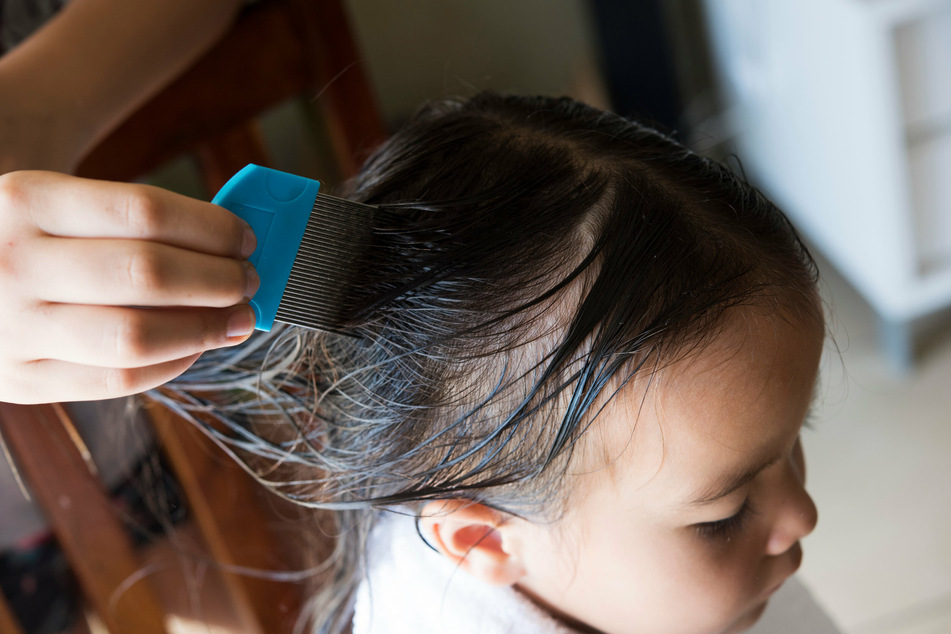
Best head lice treatments: Natural home remedies
Home remedies generally do very little to fight head lice, so we won't spend too much time on this topic. Common home remedies include the use of vinegar or blow-drying the hair using high heat to control the head lice, but these are not very effective at getting rid of head lice and nits.
Bottom line, you simply need a specialized product. Consult a pharmacist to make sure you're investing in a solid product, and be consistent with your treatment routine.
Don't worry too much about head lice and nits
Head lice, like many similar perpetrators, are subject to incredible horror stories, myths, and legends. While head lice can cause incredible discomfort and a lot of nuisances, they're not quite the almighty monsters many people make them out to be.
Here are some common myths we'd like to bust:
- Head lice cannot jump or fly, and can only be transmitted through direct contact with an infected person or item. If you encounter a head lice-like bug that is jumping, it could indicate a flea infestation.
- If head lice find themselves away from someone's head for two or three days, they will starve to death.
- Head lice do not survive on a pet and cannot be transferred from animal to human, as they solely live on the heads of humans.
- Vinegar is not the wonder cure that everyone thinks it is.
- An infestation of head lice has no baring on an individual's hygiene. In fact, any person can become infected at any time.
The most important thing when trying to control and get rid of head lice is to react and apply treatment as quickly as possible. Identify the source of the infection, and anything else that may have been affected, and take action to stop these parasites' rapid spread.
Cover photo: 123rf / Hootie2710


